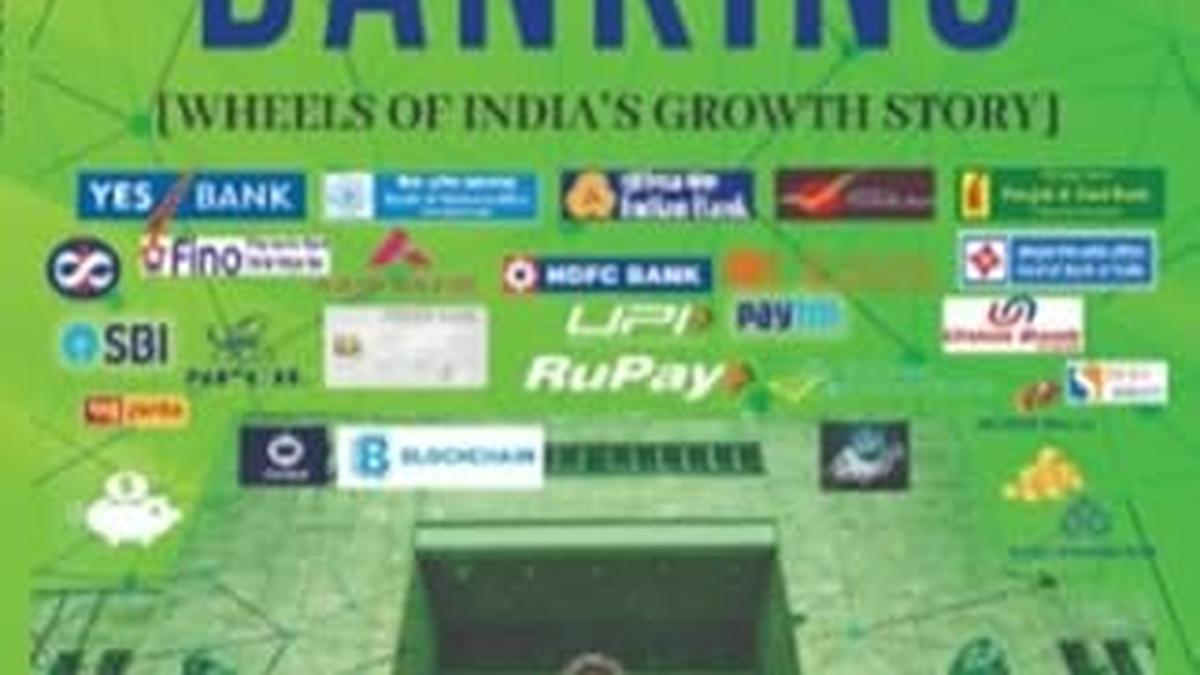From a rudimentary structure that primarily facilitated mercantile activities central to the Colonial economy in the British era, the evolution of India’s banking sector into a technology-fired, sophisticated and inclusive system is a fascinating account, ably told by Nirmal Bansal and Suneel Gupta in their new book, Revolution in Banking: Wheels of India’s Growth Story.
In a voluminous, 490-page account, the authors, who combine their experience in academia and corporate structures, explore the growth of India’s banking sector.
The book is an instructive historical account of India’s banking evolution, dividing it into six distinct eras, each marked by transformative policy decisions that shaped the trajectory of the sector.
It starts from Era One that marked the early years of banking in the pre-Independence period, through the development of financial systems and the economic context of the first few Five Year Plans between 1950-1968.
In Era Two to the third chapter, focuses on a transformative period of bank nationalisation and its social impact between 1969-1990 to another historical period of opening up of the economy, global approach, technology and computerisation between 1991-2005 and finally Era Five, encompassing two decades between 2005-2025, marking major shifts, the mobile revolution and major innovations in the banking sector. Era Six looks at futuristic trends and predicts the future of banking between 2026-2050.
A manual
It is a comprehensive manual for bankers, sector experts as well as academics for its insightful capture of the trends in each of these periods.
So, while the Colonial period was marked by small and fragmented units primarily focused on facilitating trade and commerce rather than catering to the general population, there were significant statutes and regulations that evolved in this period.
The most significant event of this period was the formation of the Reserve Bank of India (RBI) in 1935 which proved to be a defining moment in India’s banking sector regulation.
The period just after Independence was essentially formative for the banking sector; preparing the ground for the later nationalisation of banks and development of a more inclusive and vibrant banking sector. A significant event in this period was the emergence of the State Bank of India in 1955 which signalled a sea change in the effort to reach the rural population and provide banking services outside the cities.
Then came the transformative era between 1969-1990 when major banks were nationalised and the essential functions of the banking industry were linked to socio-economic growth of the country. This era was marked by a change in emphasis from catering to a limited urban and industrial clientele to encouraging financial inclusion.
The period after economic liberalisation marked a transformation towards a more liberal and open framework. It marked a shift from hand-operated, manual systems towards computerisation, centralised systems that enabled real-time transaction processing and services beyond the reach of physical branch sites. Emerging at this time were innovations including Core Financial Solutions (CBS), Automated Teller Machines (ATMs) and internet banking.
Tech innivations
The period up till 2025 has seen an extraordinary shift, driven by bold reforms, government initiatives and technological innovations.
This period saw the expansion of mobile banking, digital wallets, business correspondents, small finance banks and, most significantly, the rise of Unified Payments Interface (UPI). Coupled with the technological transformation was the public policy orientation that was focused on financial inclusion and disbursement of welfare policies through the banking system.
The JAM (Jan Dhan, Aadhaar and Mobile) initiative was a landmark initiative to make sure each citizen had access to a bank account and could avail of government initiatives. Government subsidies and welfare payments were disbursed through this system, cutting out the intermediaries and ensuring Direct Benefit Transfers.
This book is an important resource for anyone trying to decipher the banking sector and its centrality to India’s growth story over the decades.
Book details
- Book Name: Revolution in Banking: Wheels of India’s Growth Story
- Authors: Dr Nirmal Bansal & Dr Suneel Gupta
- Published by: Adhyyan Books
- Price: ₹1500
Find the book here.
Published on June 8, 2025







